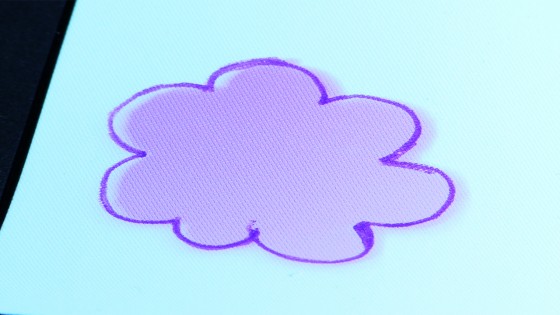
Robohub.org
Paper Computing technology the first step to paper-based Google Docs

As well as using a camera and computer, this system uses a laser and UV light, making it possible to work directly with the hand-drawn sketches using the computer.
 So for example, the user can leave only the edges of hand-written characters, creating 3D like text, or draw a figure by hand and color it in automatically.
So for example, the user can leave only the edges of hand-written characters, creating 3D like text, or draw a figure by hand and color it in automatically.
“This is one technology for truly turning ordinary paper into a display. Until now, it’s been possible to project things onto paper and use it as a screen, or import things drawn on paper to PC by using a digital pen. But the first method uses light, so the results can only be seen in the dark, and with the second method, even if you can import things, you can’t access them on paper from the computer.”
The pen for sketching uses Frixion thermo-sensitive ink, which becomes transparent when heated, and sketches drawn by the Frixion pens are lit from behind by a laser to erase them. The ink can be erased to a high level of accuracy, at intervals of 0.024 mm.
The paper is coated with a photochromic material, which changes color when it absorbs light, and a DMD-driven UV projector with a resolution of 1024 x 768 pixels is used to print the image onto the paper.
“The idea is to do computing on paper. But in the future, we’d like to enable several people to create one document, like with Google Docs, actually using real-world paper while far apart. We’d also like to enhance the rendering that’s possible through collaboration between people and computers. For example, by giving more detailed access than you get by hand, and enabling you to draw large areas at once.”
tags: Prototype




